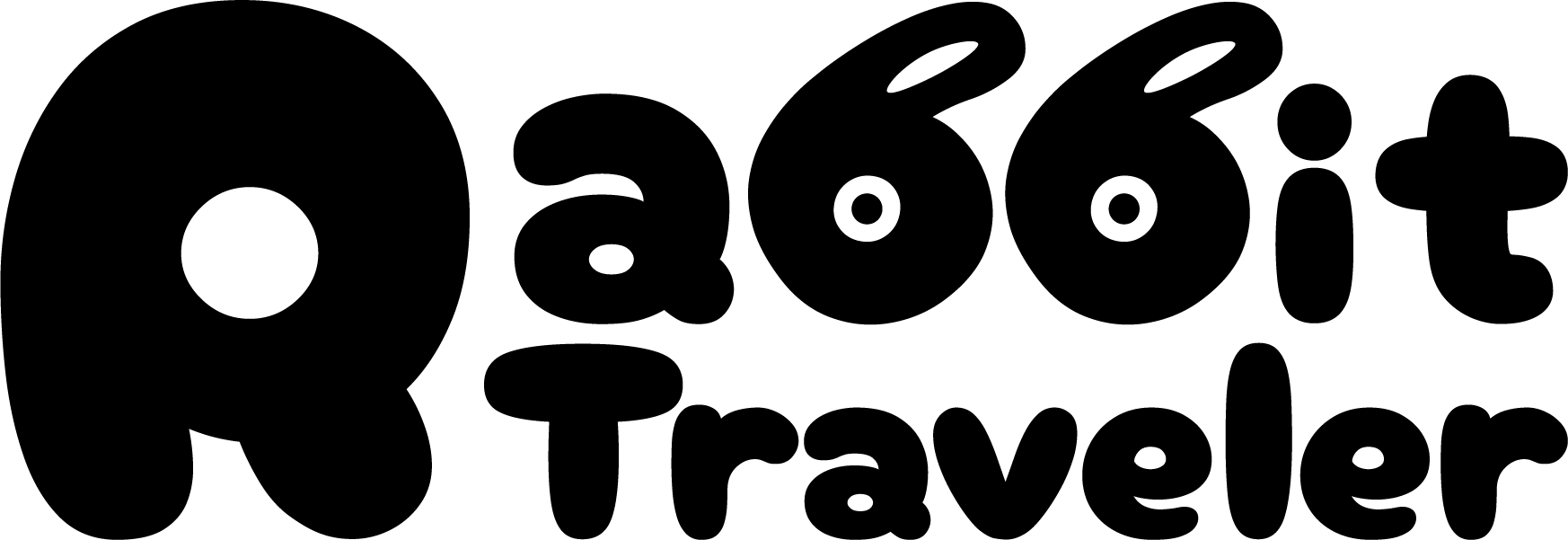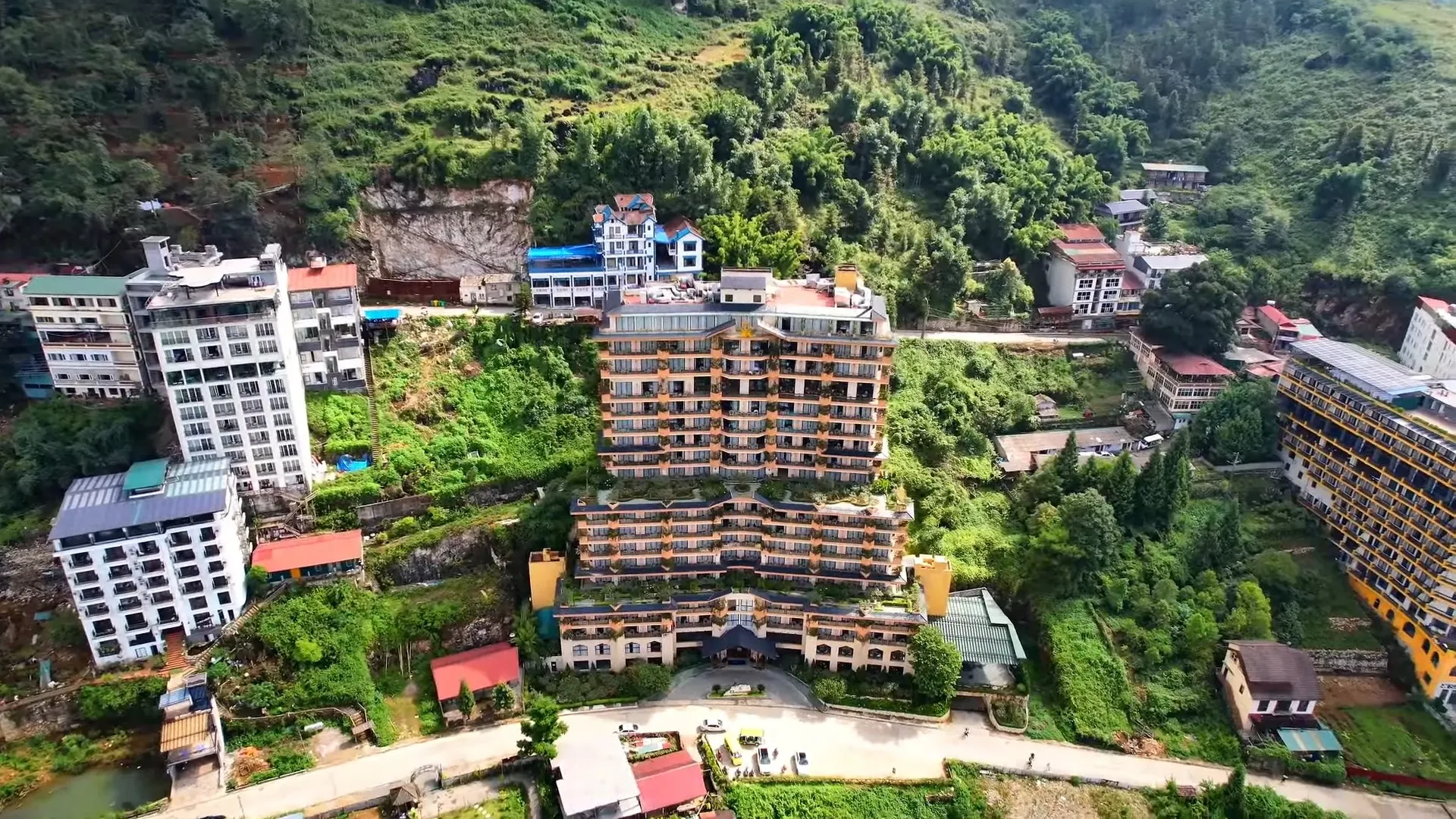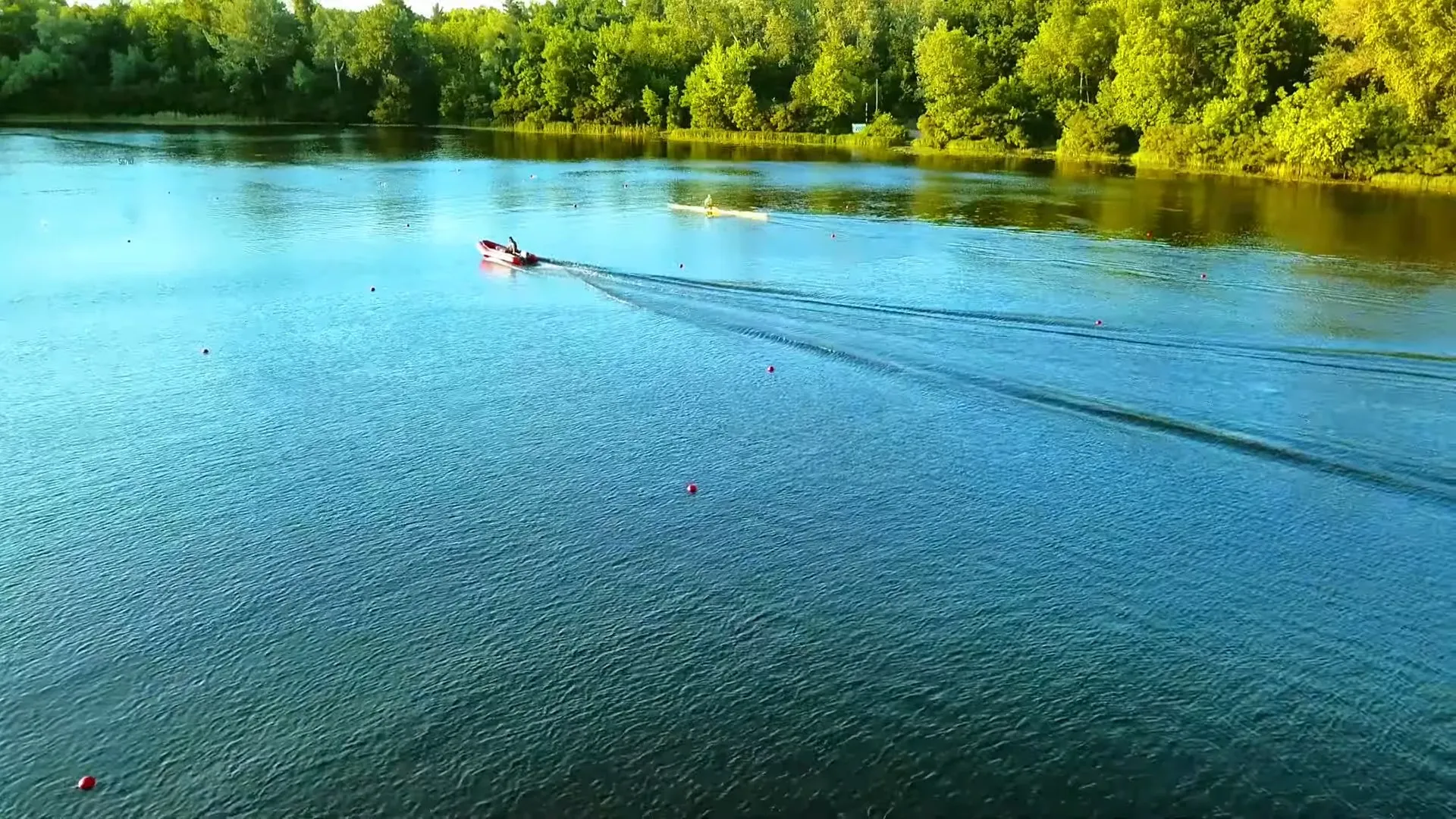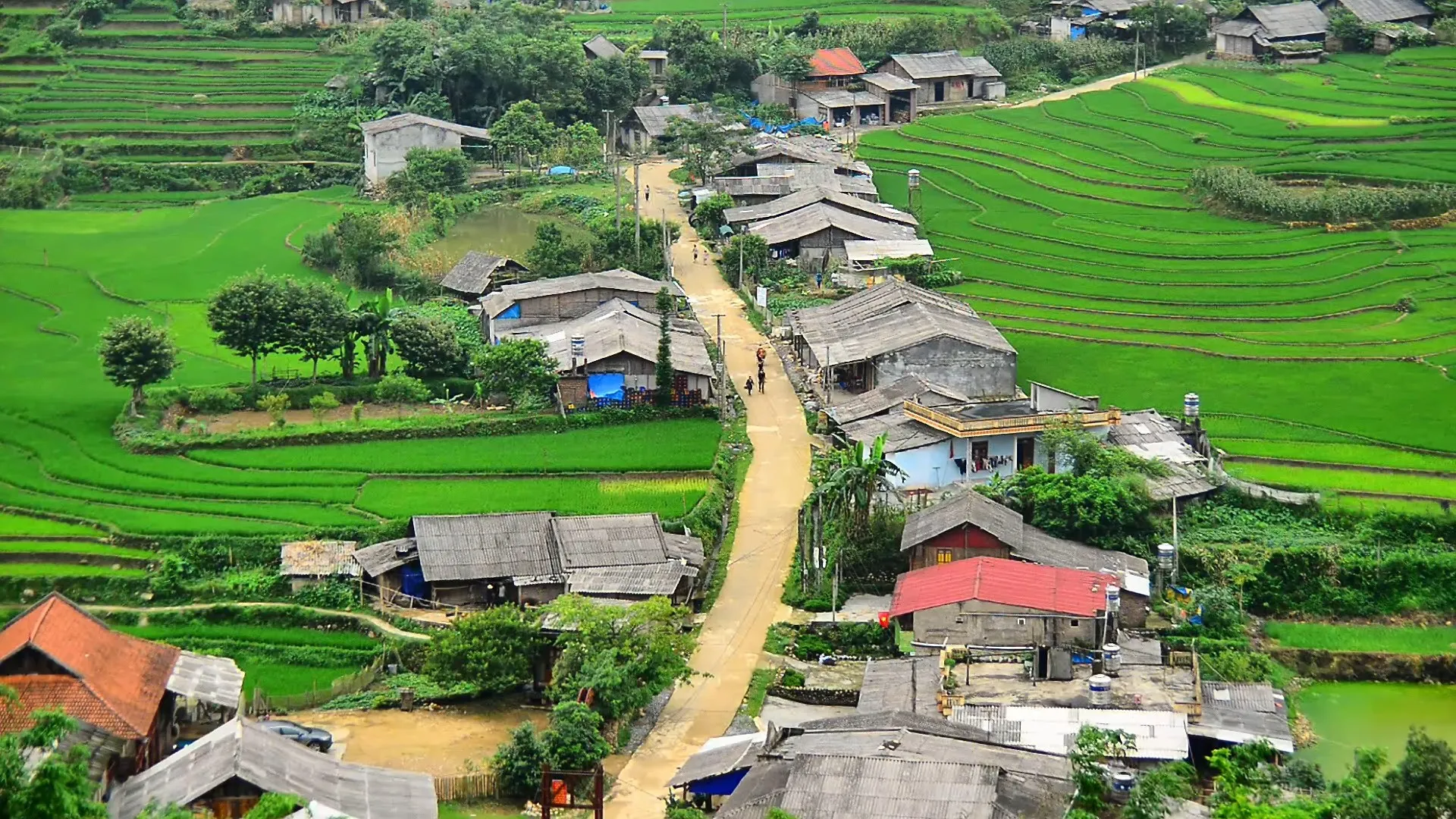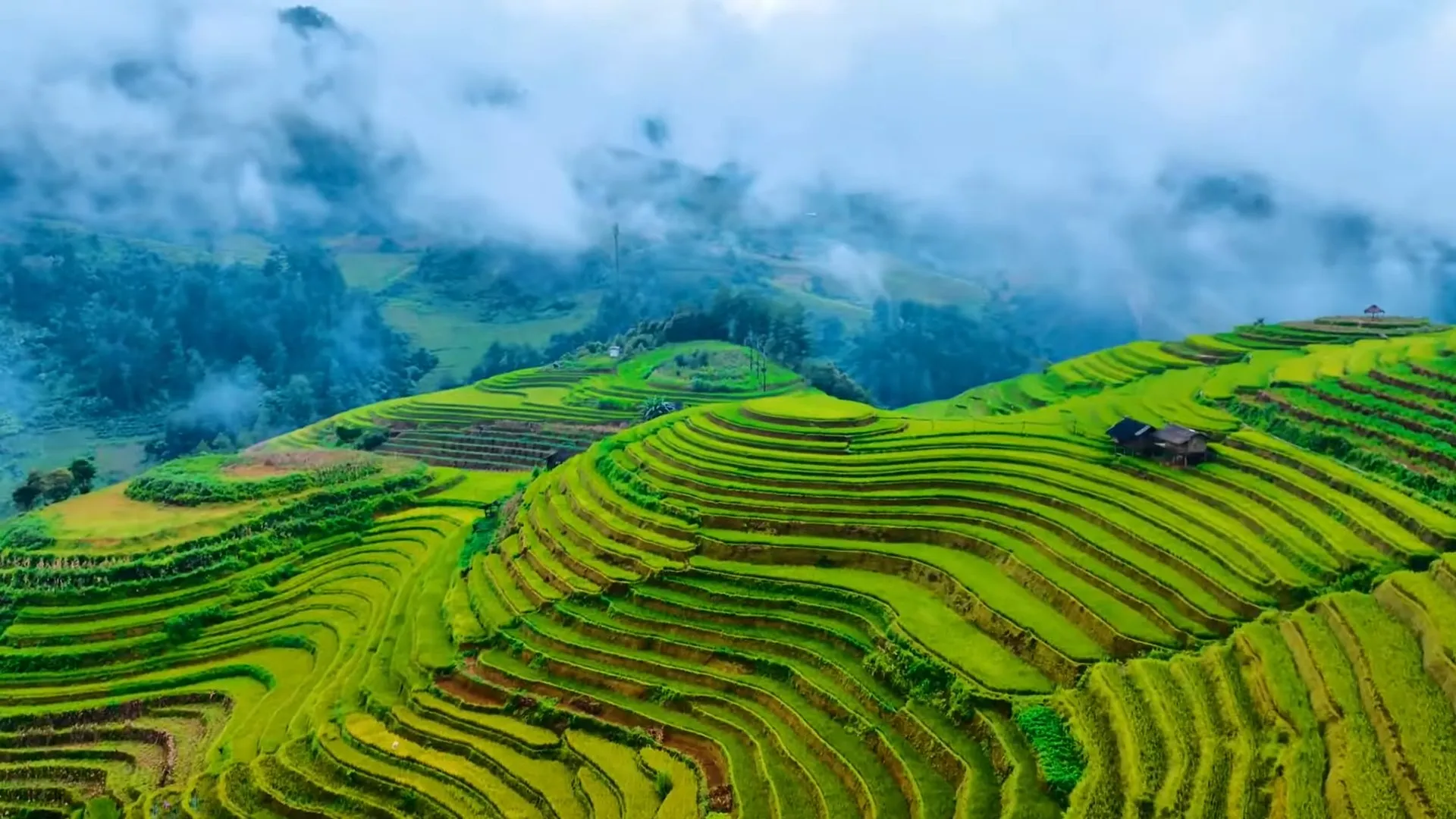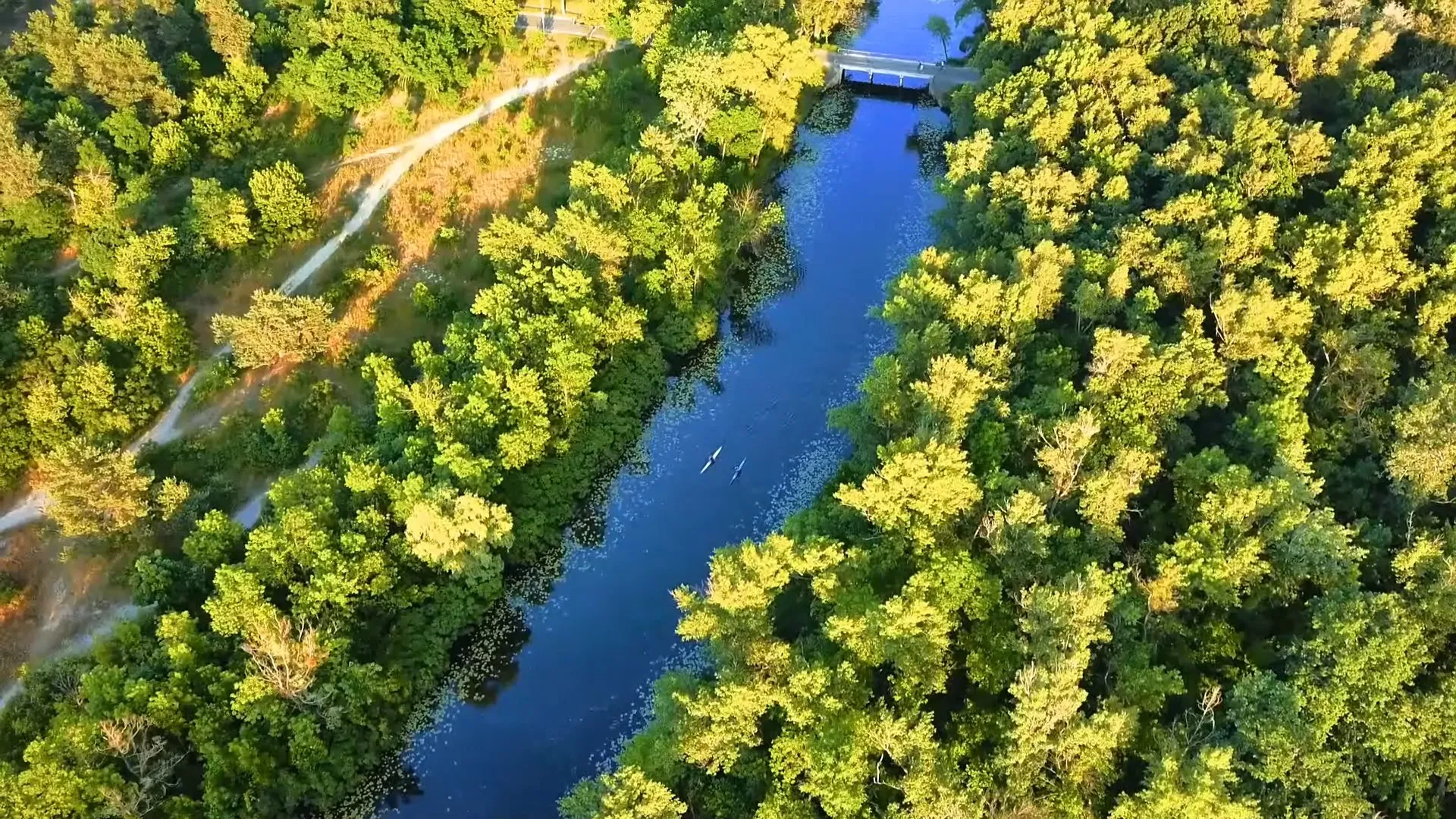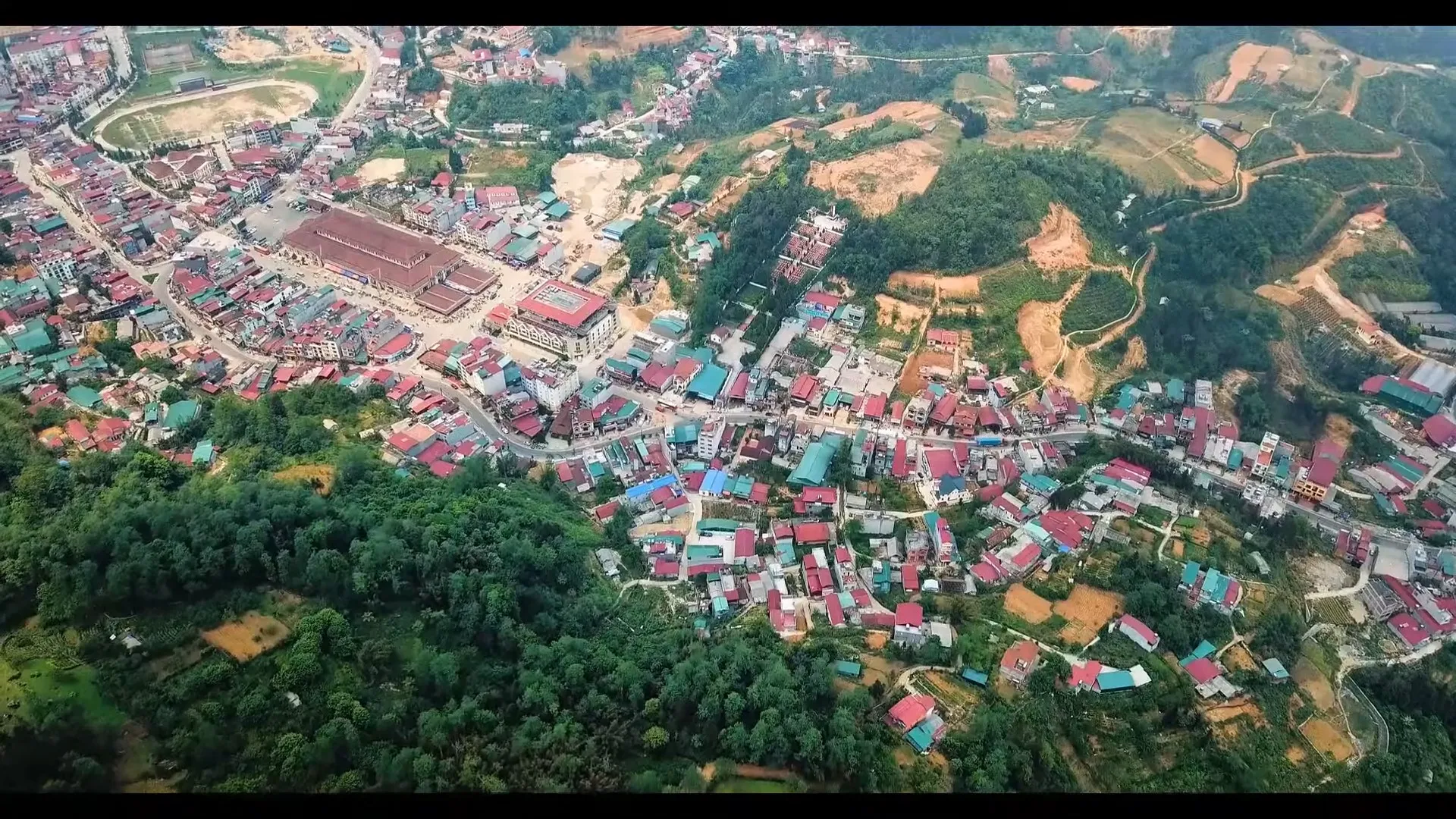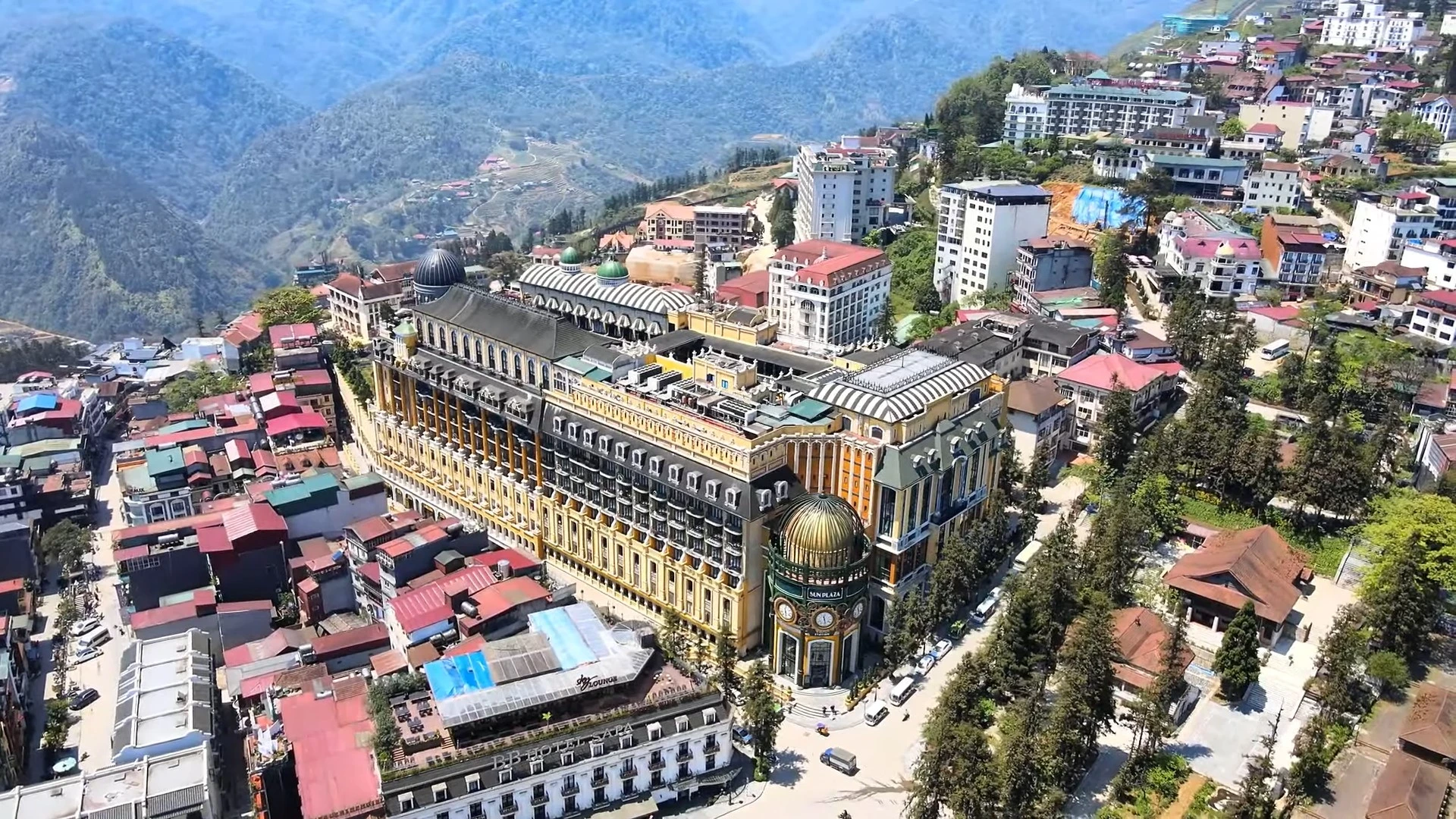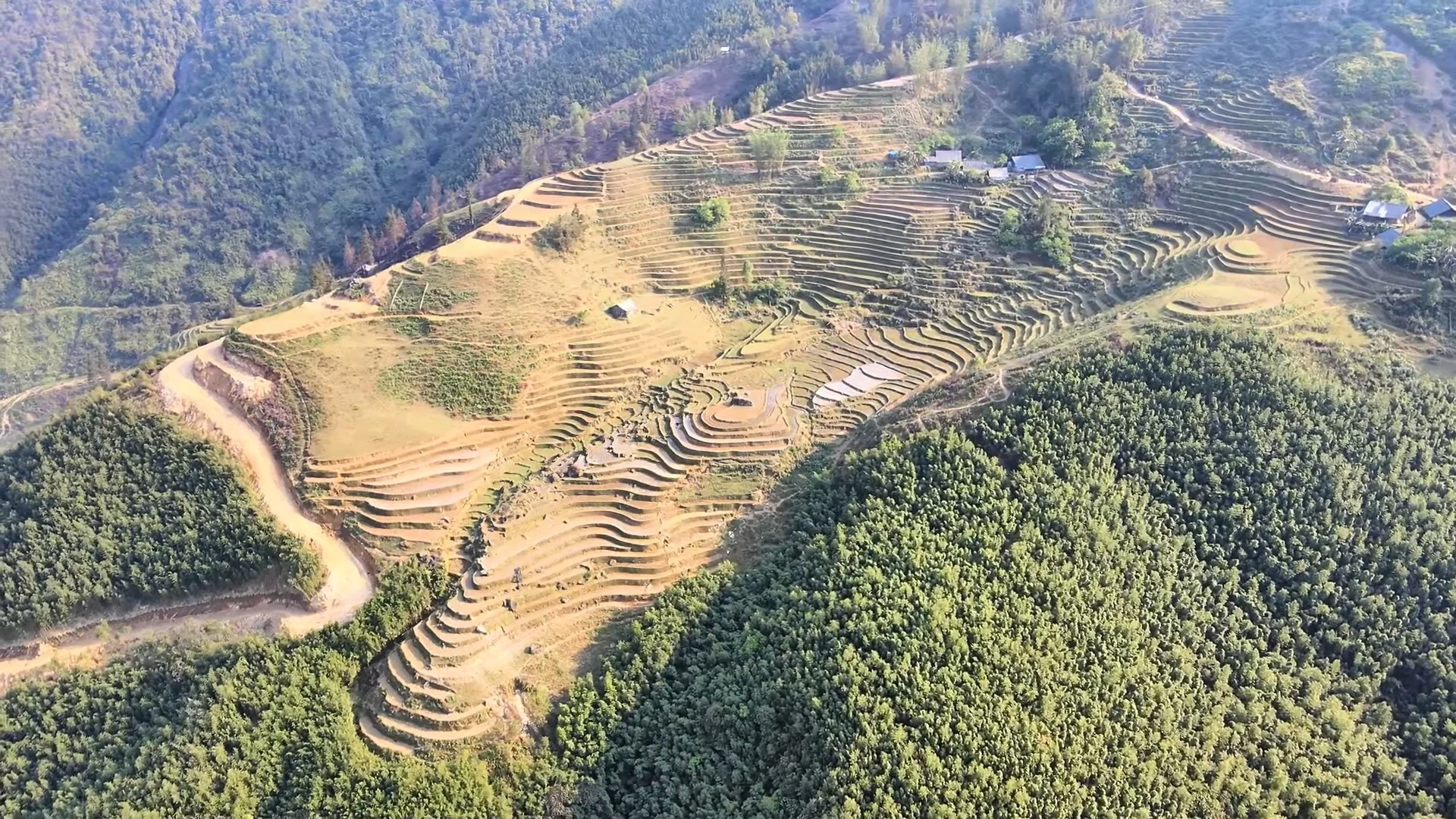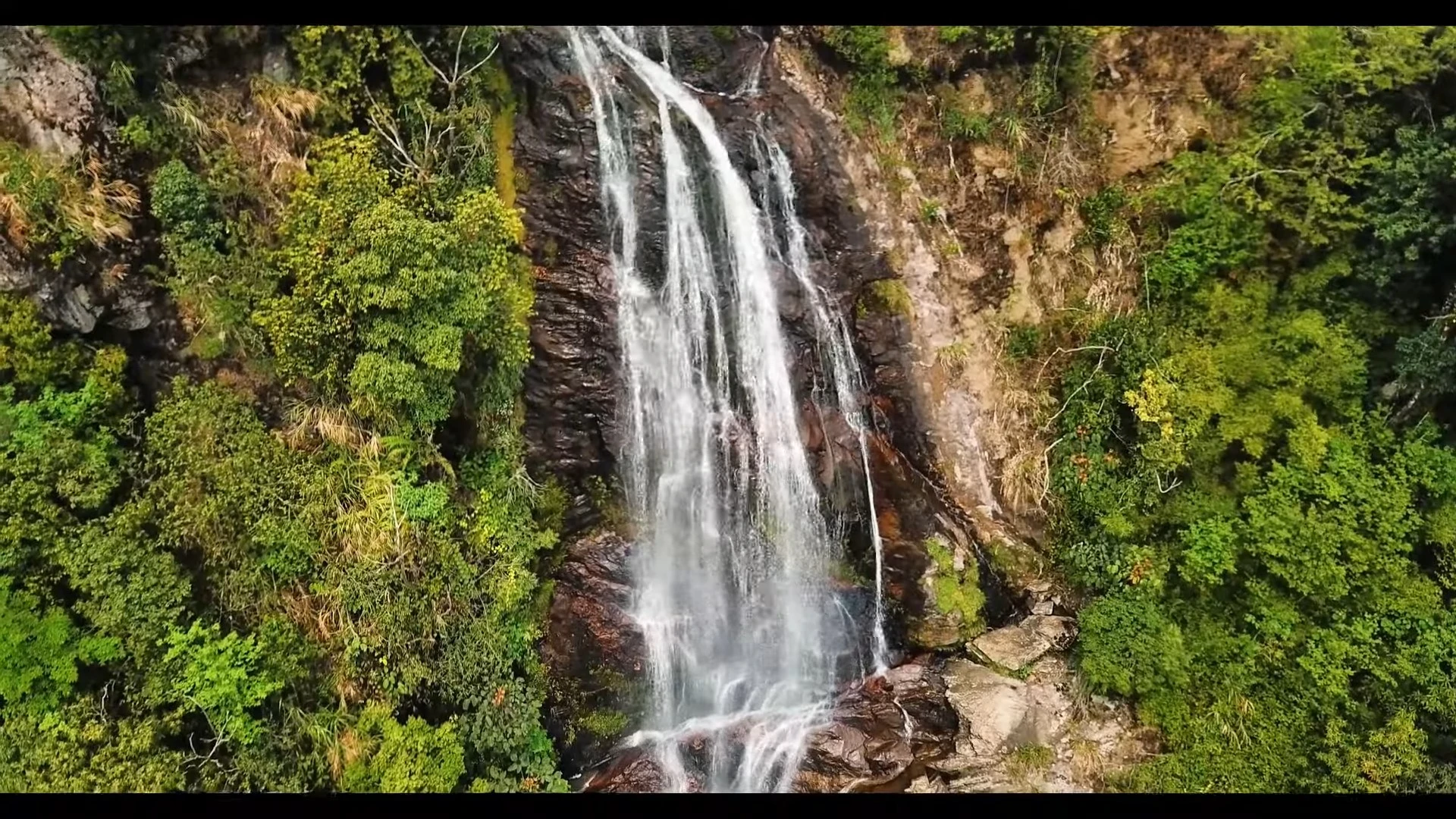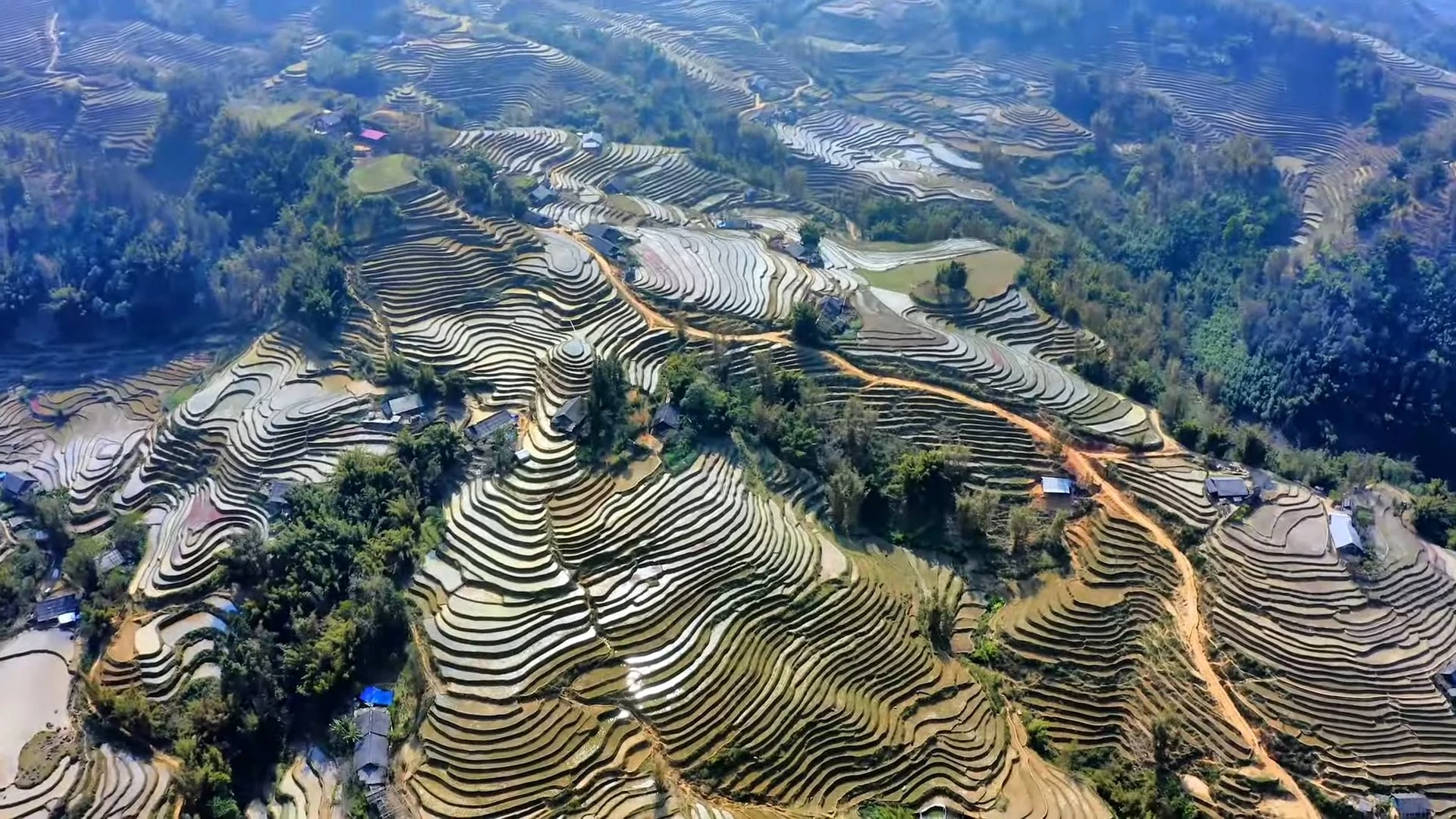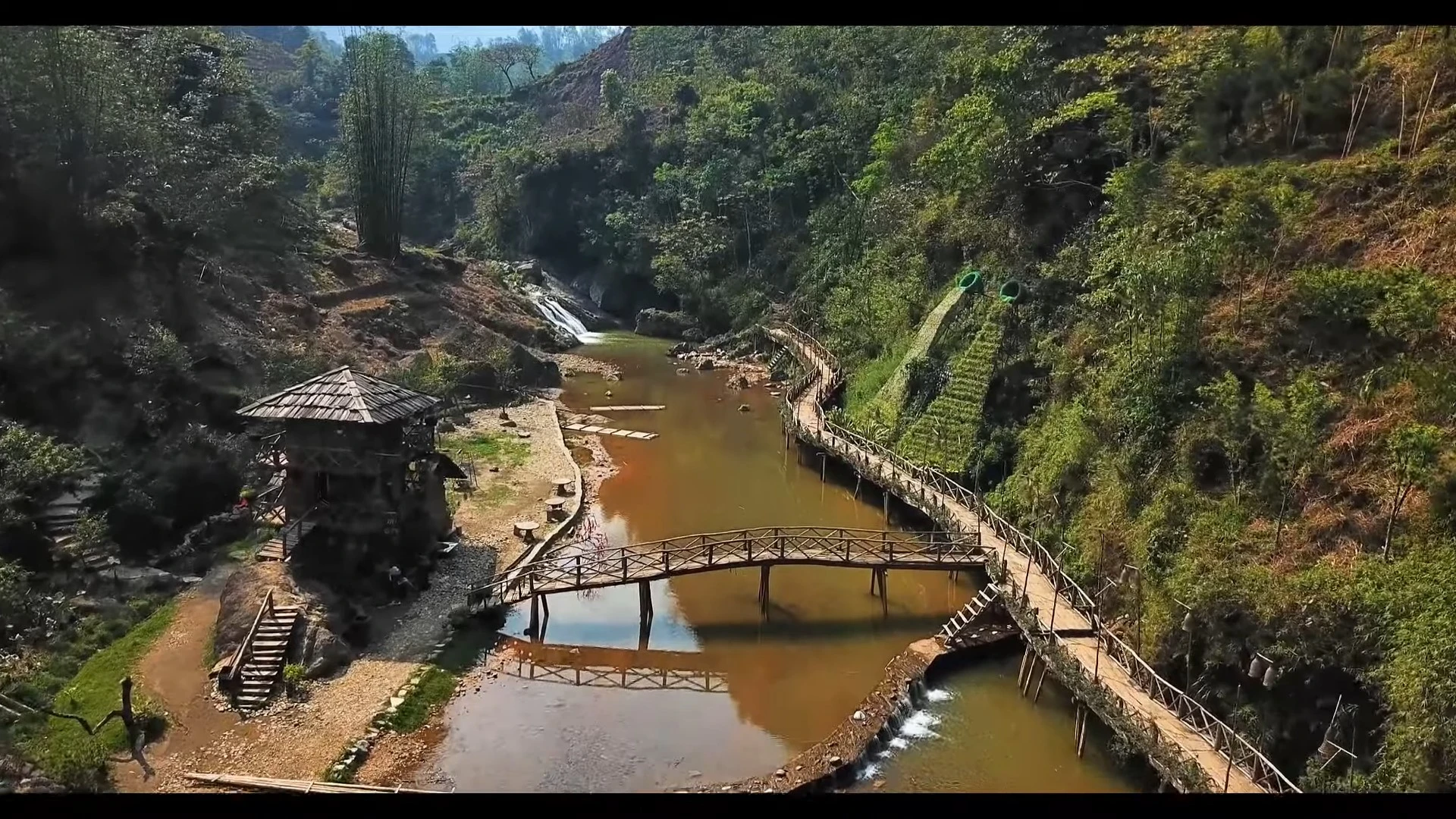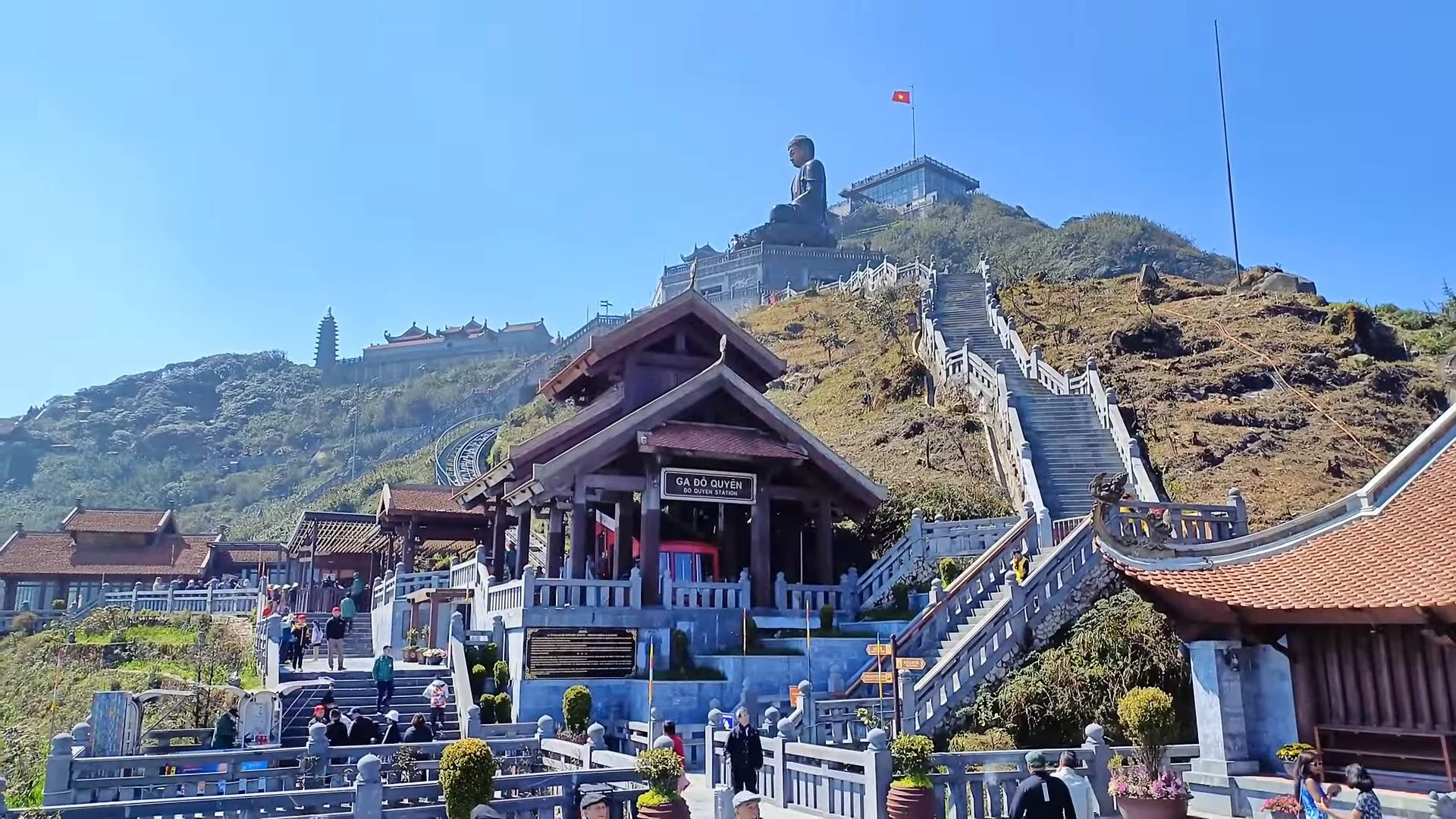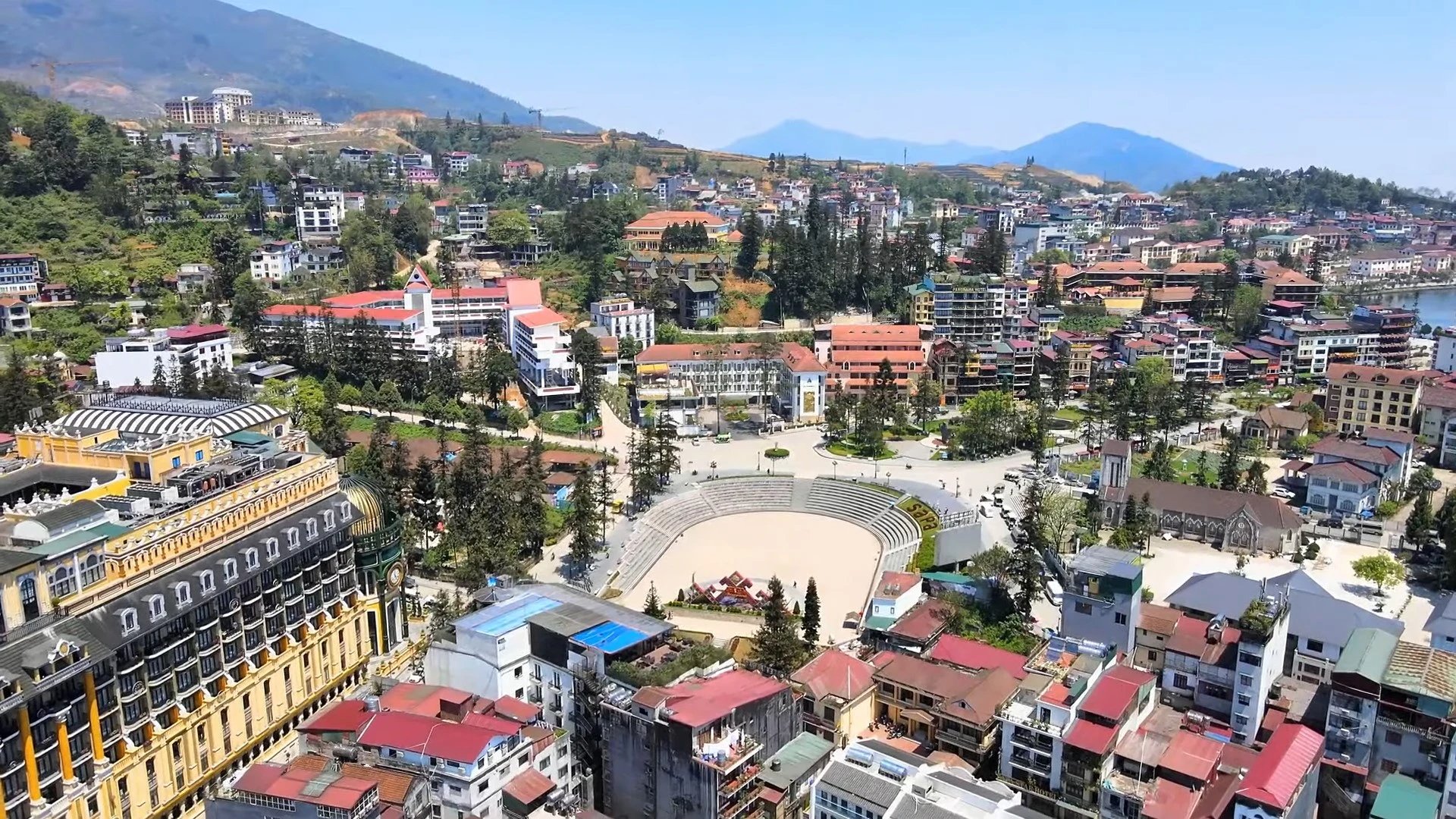Nestled in the rough mountains of northern Vietnam, the picturesque locale of Sapa is home to probably the most dazzling rice terraces on the planet. Trekking through these lofty scenes offers visitors an opportunity to immerse themselves in the rich culture and breathtaking landscape of the local hill tribes. The terraces, which have been fastidiously etched by ages of farmers, overflow down the mountainsides in an entrancing interwoven of vibrant green tints, making a really extraordinary sight.

1. Find the natural beauty of Sapa: Nestled in the mountains of northwest Vietnam, Sapa is home to the absolute most breathtaking rice terraces on the planet.
Nestled in the mountains of northwest Vietnam, the picturesque town of Sapa is a nature’s sweetheart’s heaven. Known for its shocking rice terraces, Sapa offers visitors a brief look into the beauty of conventional Vietnamese agriculture against a backdrop of rich green mountains and flowing waterfalls.
The rice terraces in Sapa are truly amazing, with their mind-boggling designs cut into the mountainsides by the ages of Hmong farmers. These terraces are a dazzling scene highlight, yet they are also a demonstration of the resourcefulness and difficult work of the people who call this district home. Strolling through the rice terraces, you can’t resist the urge to be astounded by the sheer scale and beauty of these agricultural wonders.
One of the most mind-blowing ways to encounter the natural beauty of Sapa is by leaving on a journey across the rice terraces. As you advance along the winding ways that bungle the mountains, you will be blessed to receive breathtaking perspectives every step of the way. The vibrant green of the rice paddies diverges from the dark blue of the sky, causing a situation that is completely supernatural.
En route, you might experience local farmers watching out for their crops, utilising customary techniques that have been passed down through the ages. You could take a shot at establishing rice yourself, acquiring a newly discovered appreciation for the difficult work that goes into delivering this staple food.
Notwithstanding the rice terraces, Sapa is likewise home to various dazzling waterfalls that are certainly worth a visit. The Silver Waterfall and Love Waterfall are two of the most famous, flowing down the mountainside with deafening thunder. Remaining at the foundation of these great waterfalls, you can feel the force of nature in the entirety of its brilliance.
For those hoping to immerse themselves in the natural beauty of Sapa, there are a lot of chances for outside exercises, for example, hiking, mountain biking, and birdwatching. The rich woodlands that encompass the town are overflowing with wildlife, making it a heaven for nature lovers.
As you investigate the natural beauty of Sapa, you’ll likewise get the opportunity to communicate with the local ethnic minority groups that call this district home. The Hmong, Dao, and Tay people have lived around here for a really long time, protecting their extraordinary cultures and customs even with modernization. Visiting their towns, you can find out about their lifestyle, test conventional food sources, and buy high-quality artwork as trinkets.
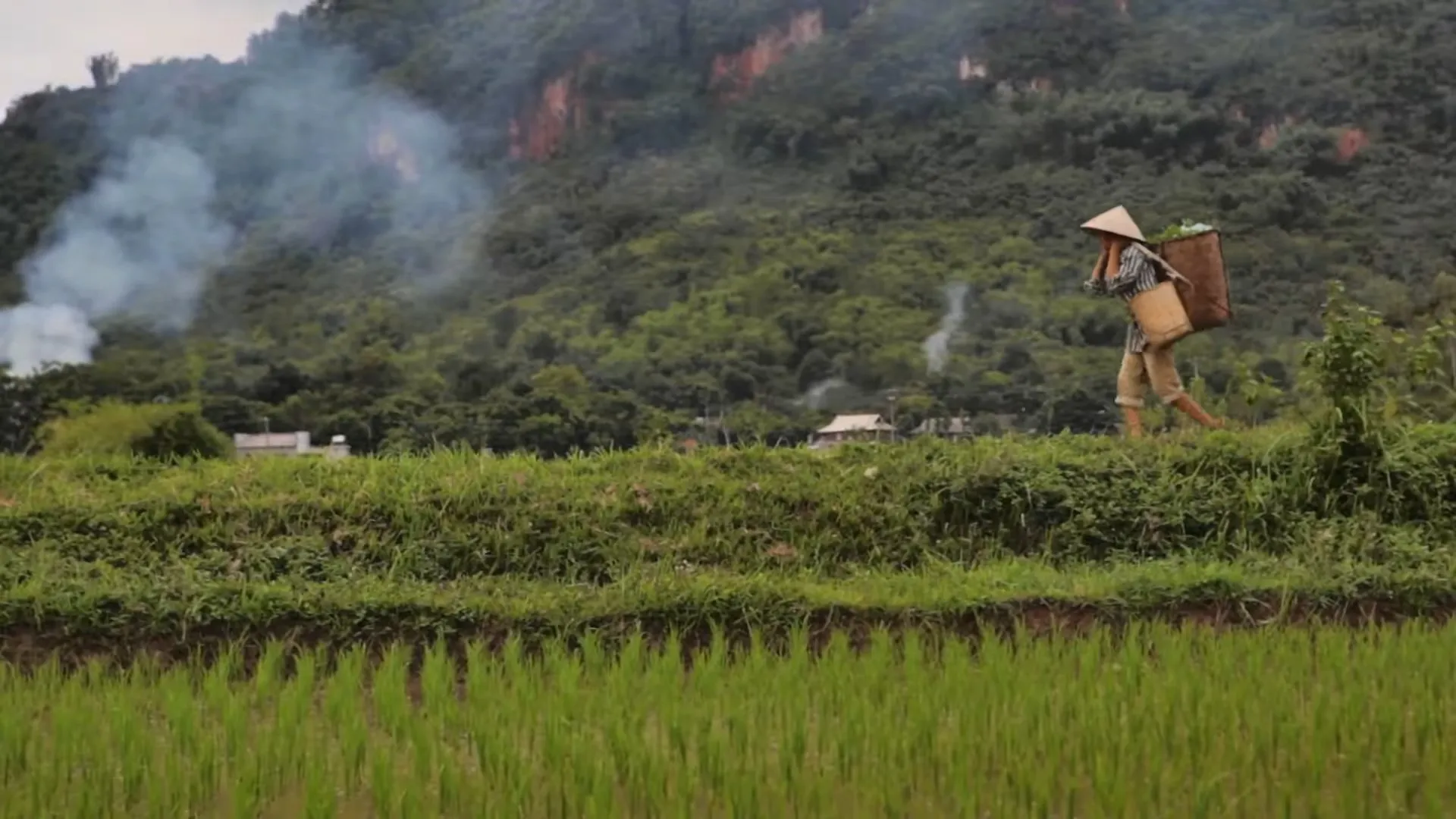
2. Investigate the local culture: Trekking through Sapa permits you to immerse yourself in the local culture of the hill tribes, for example, the Hmong and Red Dao people.
While trekking through the dazzling rice terraces of Sapa, Vietnam, one of the most enhancing parts of the experience is submerging yourself in the local culture of the hill tribes. The Hmong and Red Dao people, with their vibrant practices and enchanting lifestyle, offer a brief look into a world that is both old and captivating.
As you wander through the picturesque scenes, you will frequently go over towns where the locals reside. These people groups are regularly comprised of customary wooden houses roosted on braces, encompassed by terraced fields of rice and vegetables. The locals are incredibly inviting, and you might wind up being welcomed into their homes for some tea or a sample of their handcrafted rice wine.
The Hmong people, known for their bright dresses and complex weaving, have a rich history that goes back hundreds of years. They are talented weavers and craftsmen, and you might have the chance to watch them at work, making lovely materials with age-old procedures. You can likewise partake in studios where you can figure out how to colour texture using natural ingredients or take a stab at customary Hmong weaving.
The Red Dao people, then again, are well known for their striking red headscarves and elaborate silver adornments. They have an exceptional language and customs that set them apart from other ethnic gatherings in the district. As you journey across their towns, you might observe their conventional dances and music, which frequently recount accounts of their precursors and the natural world around them.
One of the features of investigating the local culture in Sapa is encountering the glow and cordiality of the hill clan people. In spite of the language hindrance, you will find that a grin and a cordial signal go a long way towards associating with the locals. Whether it’s imparting a feast to a family in their home or jumping into a customary celebration or service, you will leave Sapa with a more profound appreciation for the lavishness and variety of Vietnamese culture.
Trekking through Sapa not only permits you to see the value in the natural beauty of the locale, but additionally offers a window into the existences of the people who call it home. The Hmong and Red Dao tribes have a significant association with the land and a profound regard for their progenitors, which is obvious in each part of their regular routines. By immersing yourself in their culture, you will acquire another viewpoint on living together as one with nature and the practices of the past.
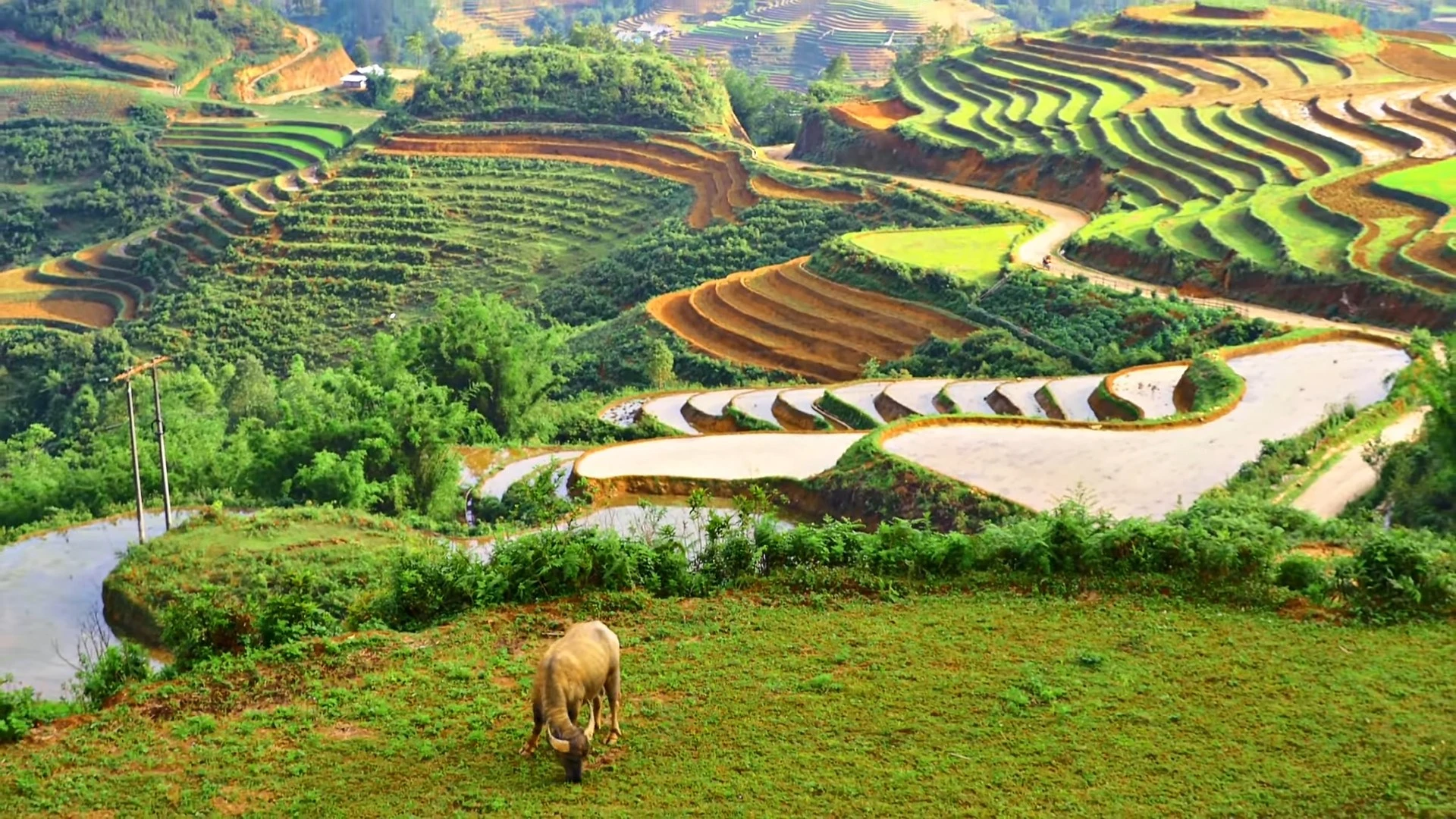
3. Appreciate all-encompassing perspectives:
As you journey across the wonderful rice terraces of Sapa, Vietnam, one of the features you’ll experience is the breathtaking, all-encompassing perspectives that encompass you. The lavish green valleys loosen up beneath, loaded up with verdant rice paddies shimmering in the sunlight. The terraced fields make a dazzling mosaic example that appears to mix consistently with the natural scene.
Above you, the transcending pinnacles of the Hoang Lien Child mountain range loom wonderfully, their spiked edges slicing through the sky. The difference between the rough mountains and the serene valleys is really remarkable, creating a feeling of isolation and harmony that is elusive in our cutting-edge, occupied world.
As you climb along the tight paths that breeze through the terraces, you’ll have a lot of chances to pause and take in the incredible perspectives that encompass you. The higher you climb, the more broad the landscape becomes, opening up before you like a tremendous, green embroidery spread out across the mountainside.
The cool mountain air is reviving and animating, making the actual effort of the climb worth it. The delicate breeze conveys the aroma of new earth and developing things, adding to the tactile experience of being immersed in nature.
One of the most outstanding times to partake in these all-encompassing perspectives is at sunrise or sunset, when the delicate light of the sun projects a warm sparkle over the scene, painting the terraces in shades of golden yellow and delicate pink. The tranquil beauty of the early morning or night light adds one more layer of sorcery to a generally charming scene.
As you look out over the terraces, you might spot local farmers approaching their everyday work, watching out for the rice plants with cautious accuracy. It’s a sign of the association between people and the land and the difficult work that goes into delivering the food that supports us.
The feeling of immortality that encompasses you in the rice terraces is tangible, as though the scene has stayed unaltered for a really long time. It’s a lowering experience to understand that these terraces have been developed by ages of farmers who have passed down their knowledge and abilities, starting with one, then onto the next, making an economical lifestyle that is as one with the natural world.
So as you climb through the rice terraces of Sapa, get some margin to rest and soak in the all-encompassing perspectives that encompass you. Let the beauty of the scene fill you with a feeling of appreciation and miracle, and value the honour of having the option to observe such a dazzling presentation of nature’s beauty.
Conclusion
Trekking through the stunning rice terraces of Sapa, Vietnam, offers an unparalleled experience of natural beauty and cultural immersion. The breathtaking landscapes, combined with the rich traditions of the Hmong and Red Dao people, create a unique adventure that connects you with both nature and the local community. Whether you’re exploring the terraces, visiting waterfalls, or engaging with the hill tribes, Sapa promises a memorable journey. Make sure to prepare adequately and take the time to appreciate the panoramic views and the warmth of the local people. Your trek through Sapa will undoubtedly leave you with lasting memories and a deeper appreciation for this enchanting region of Vietnam.
FAQs
What makes Sapa’s rice terraces unique?
Sapa’s rice terraces are unique due to their intricate designs etched into the mountainsides by generations of Hmong farmers, creating stunning landscapes.
What is the best time to visit Sapa for trekking?
The best time to visit Sapa for trekking is from September to November or March to May when the weather is pleasant and the views are spectacular.
How can I experience the local culture in Sapa?
You can experience the local culture by visiting hill tribe villages, participating in traditional workshops, and interacting with the Hmong and Red Dao people.
Are there other attractions in Sapa besides the rice terraces?
Yes, Sapa also boasts beautiful waterfalls like the Silver Waterfall and Love Waterfall, as well as opportunities for hiking, mountain biking, and birdwatching.
What should I pack for a trekking trip in Sapa?
Pack comfortable hiking shoes, lightweight clothing, a raincoat, sunscreen, a hat, a reusable water bottle, and a camera to capture the stunning scenery.
